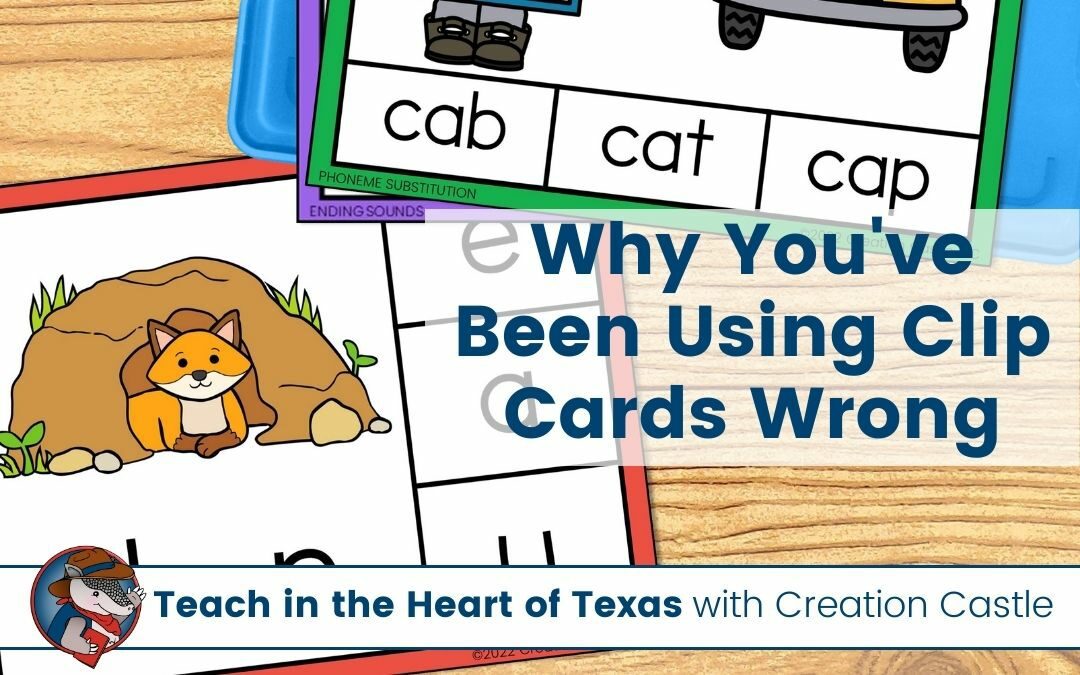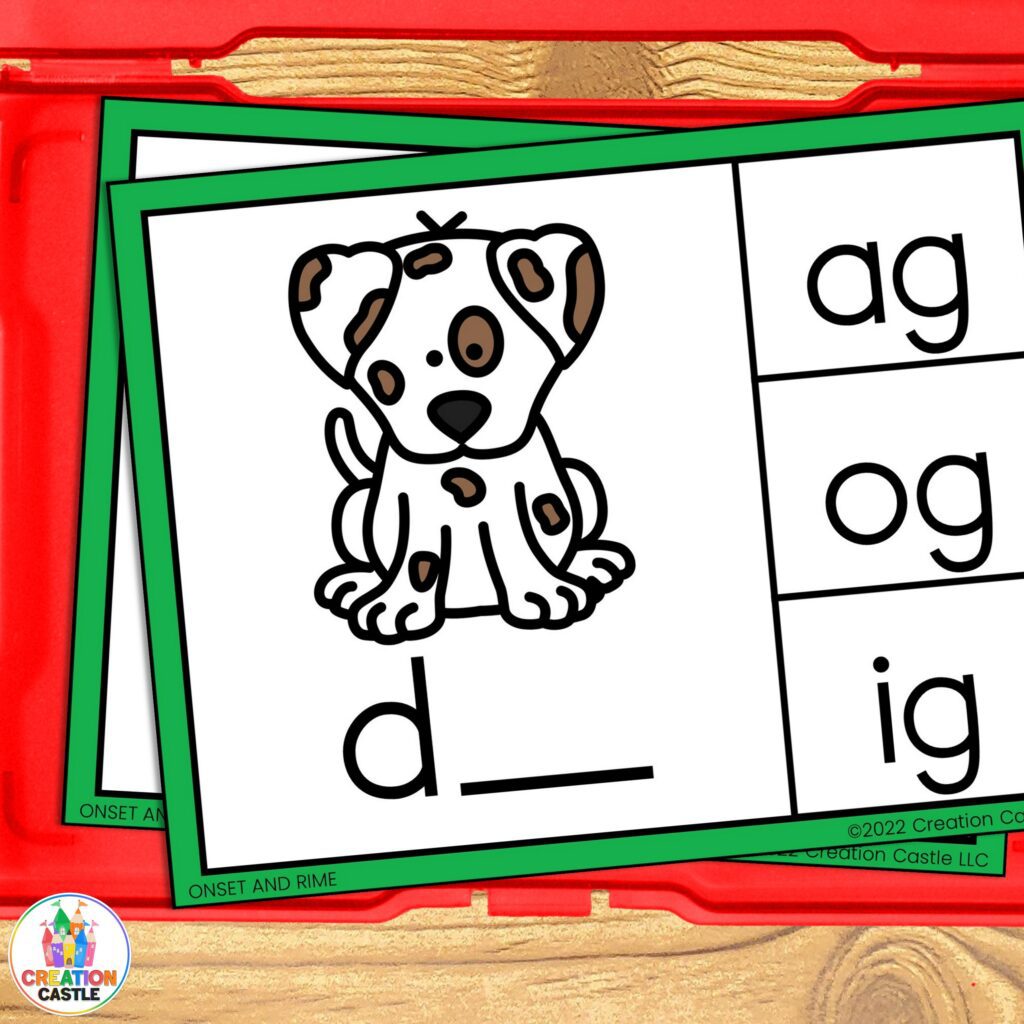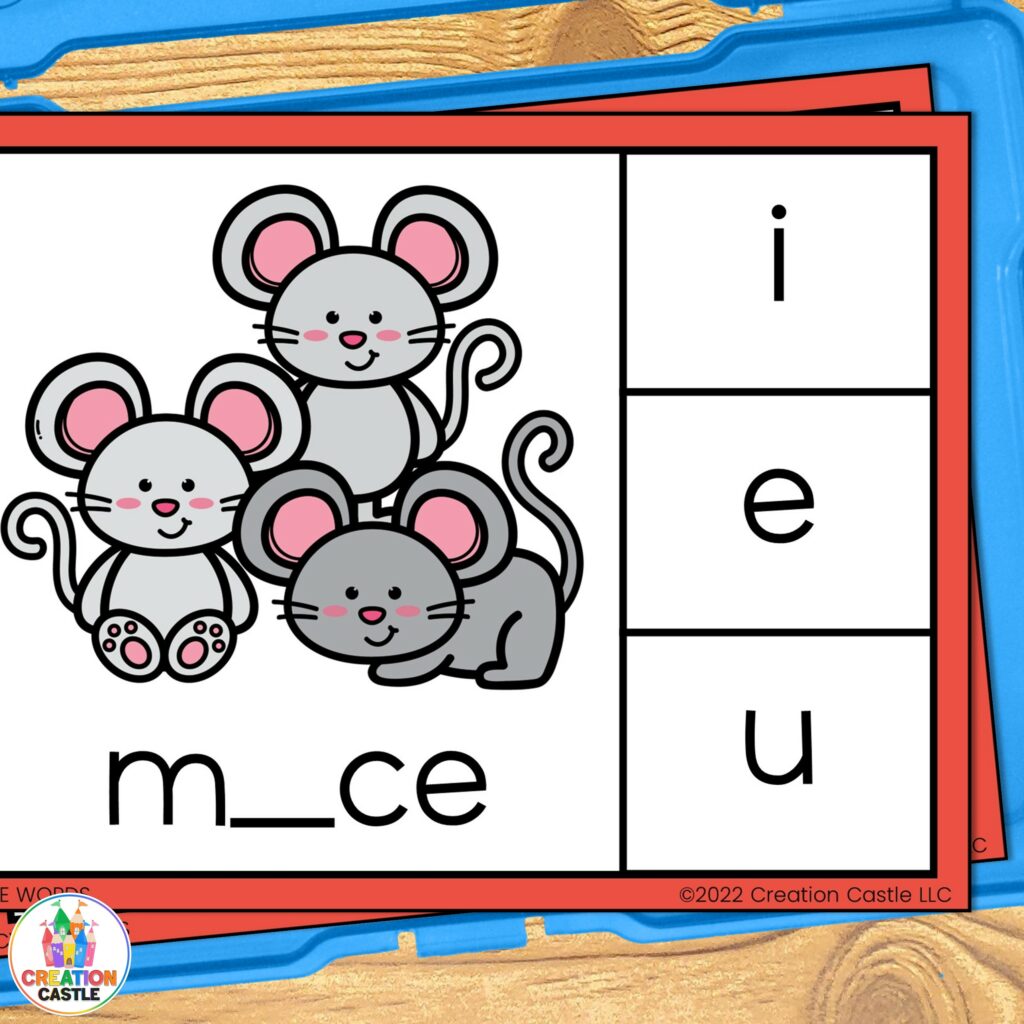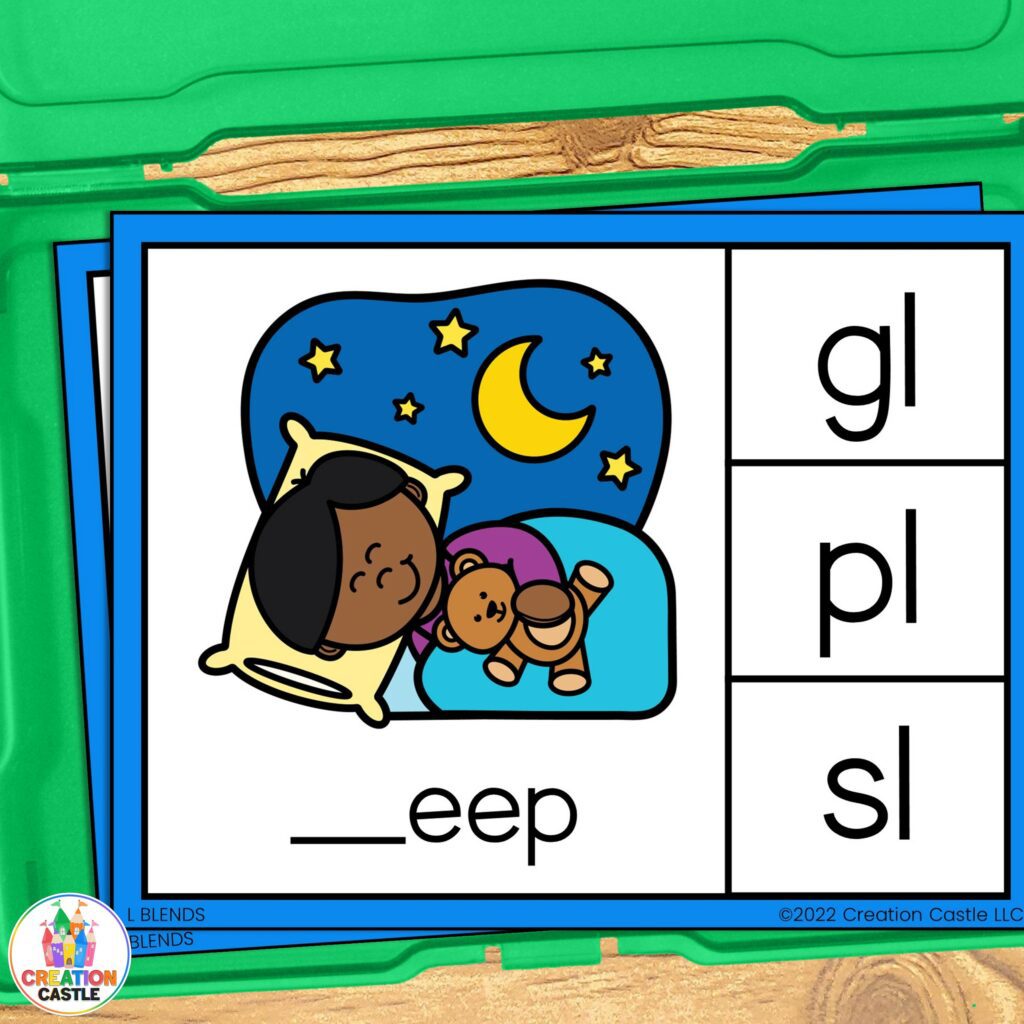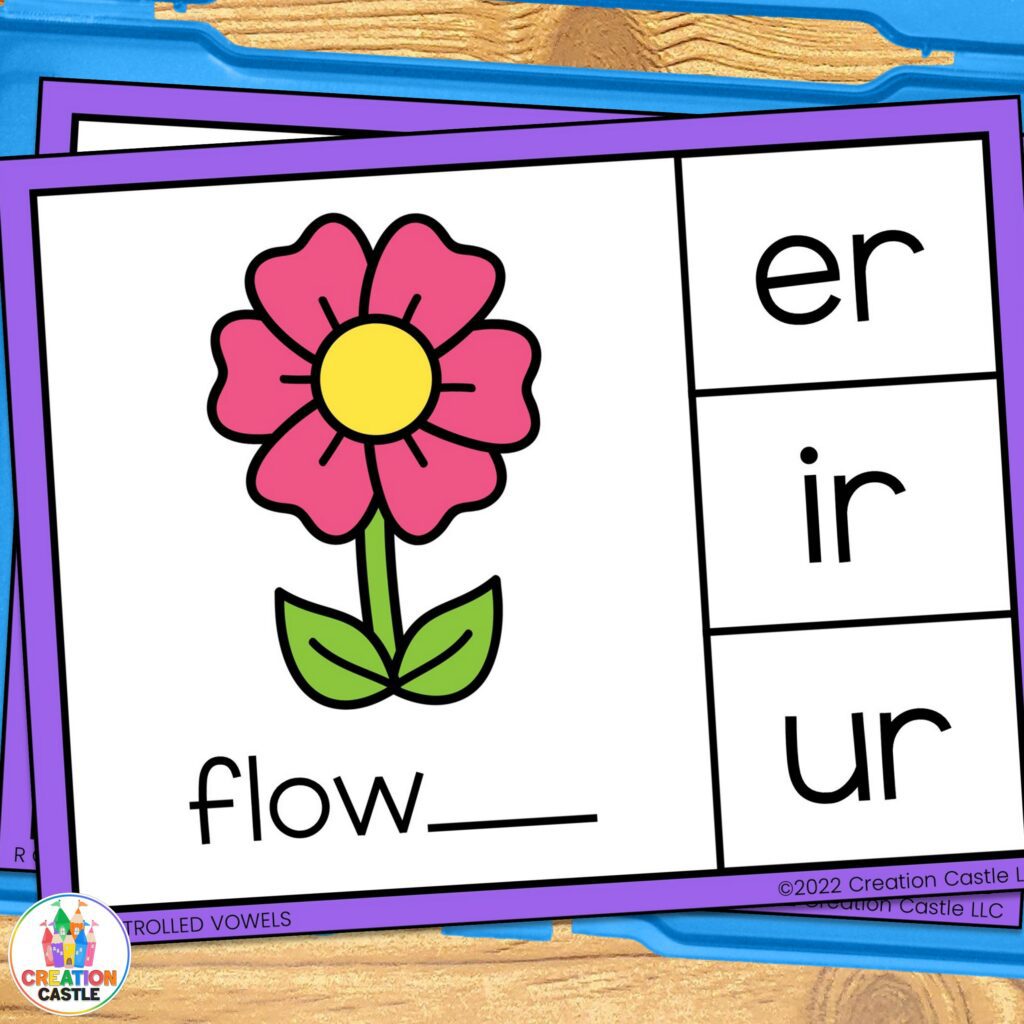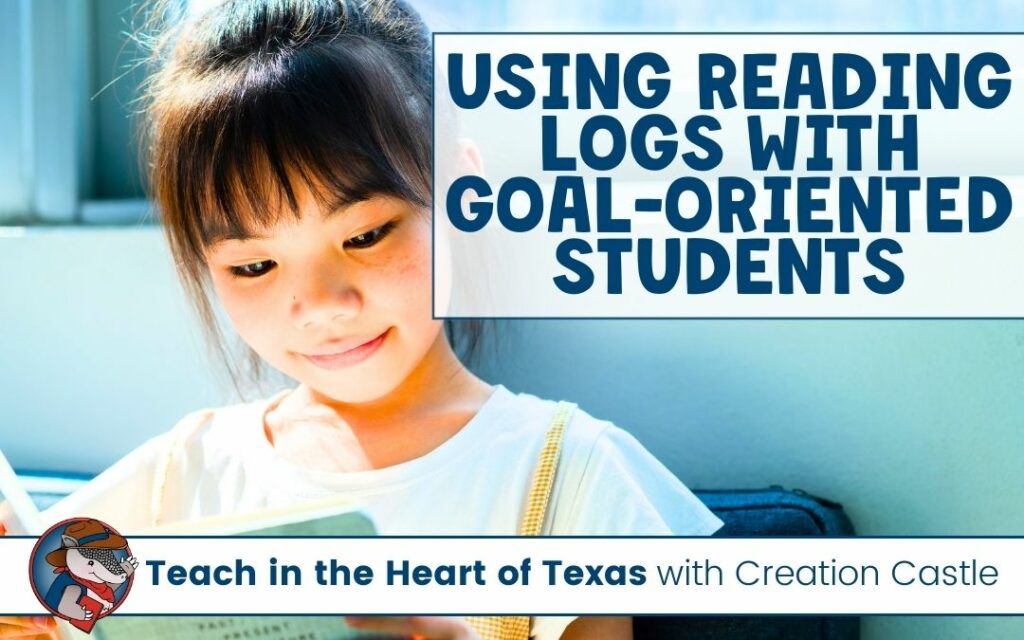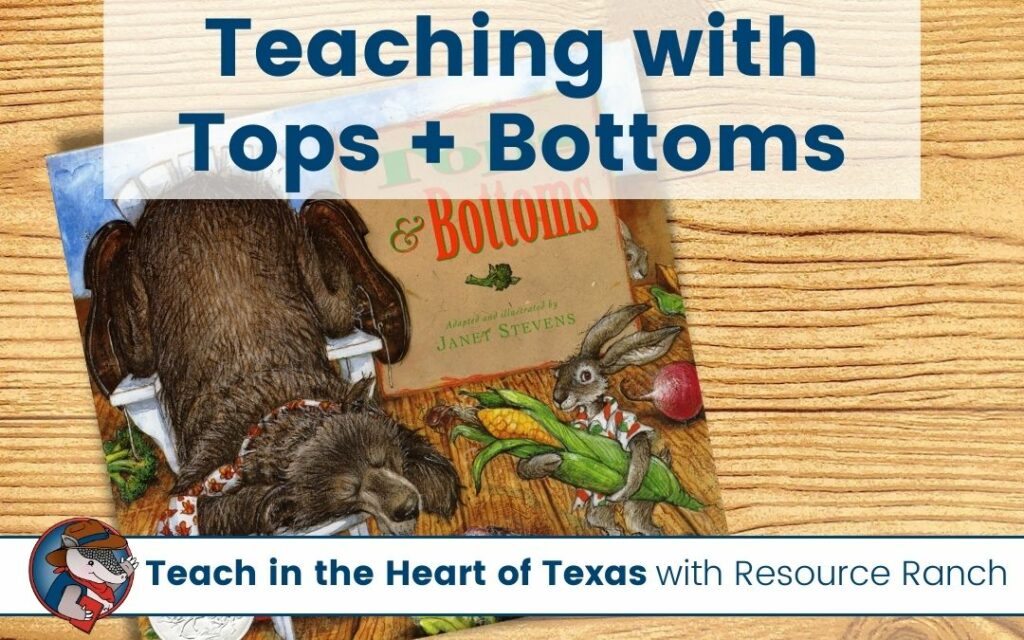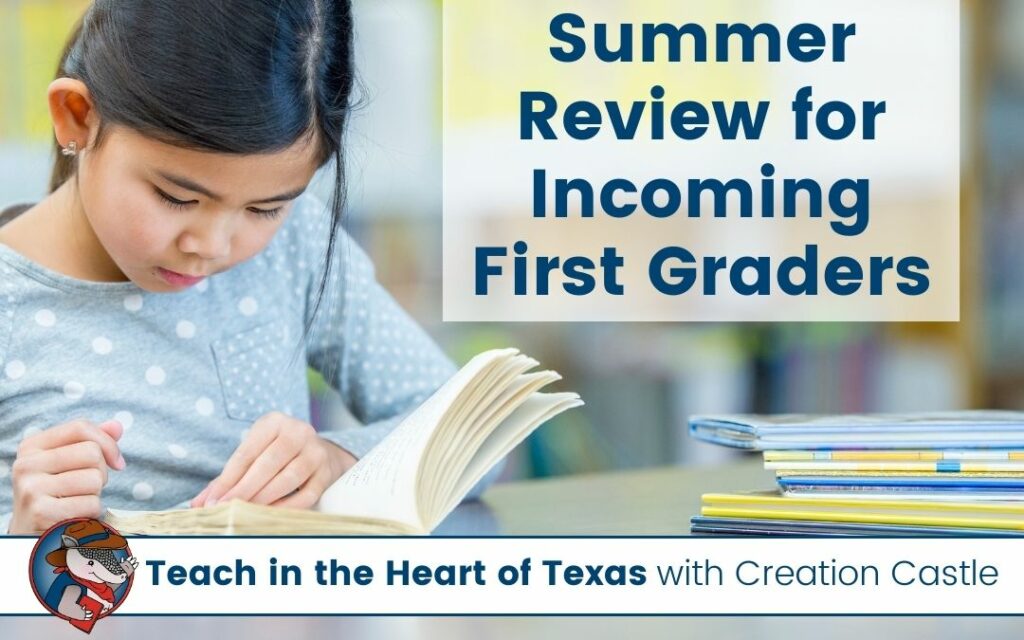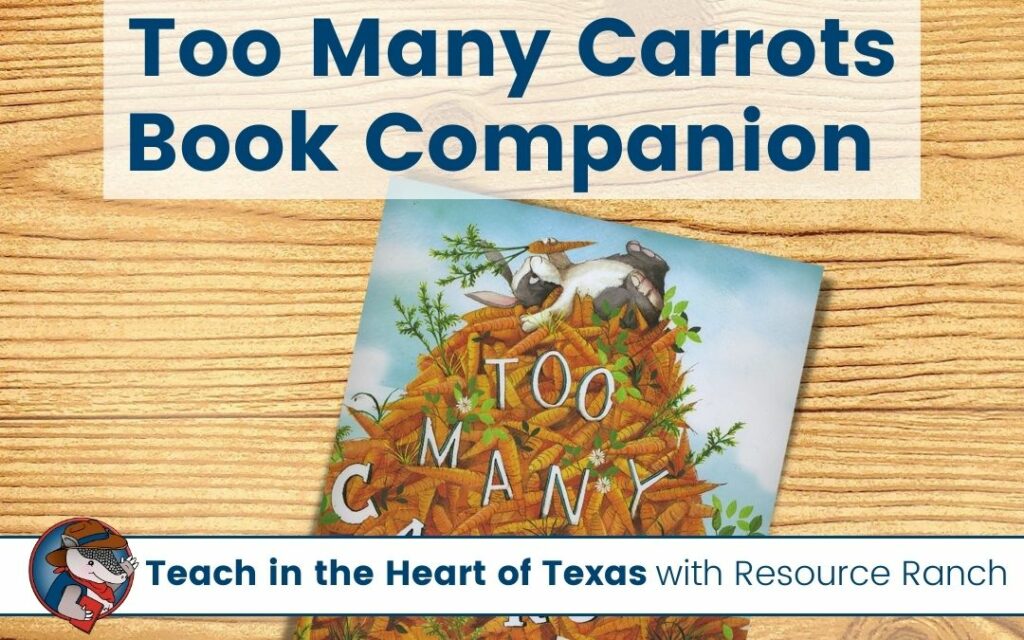I’m not sure how long clip cards have been around, but I would imagine they have been here a while. And I don’t think they are going anywhere. They can be versatile and academic, but did you also know they can easily be self-checking? We’ll get to that in a minute though. First, let’s talk about why you should be using clip cards in the first place.
Quick Links
Benefits of Clip Cards
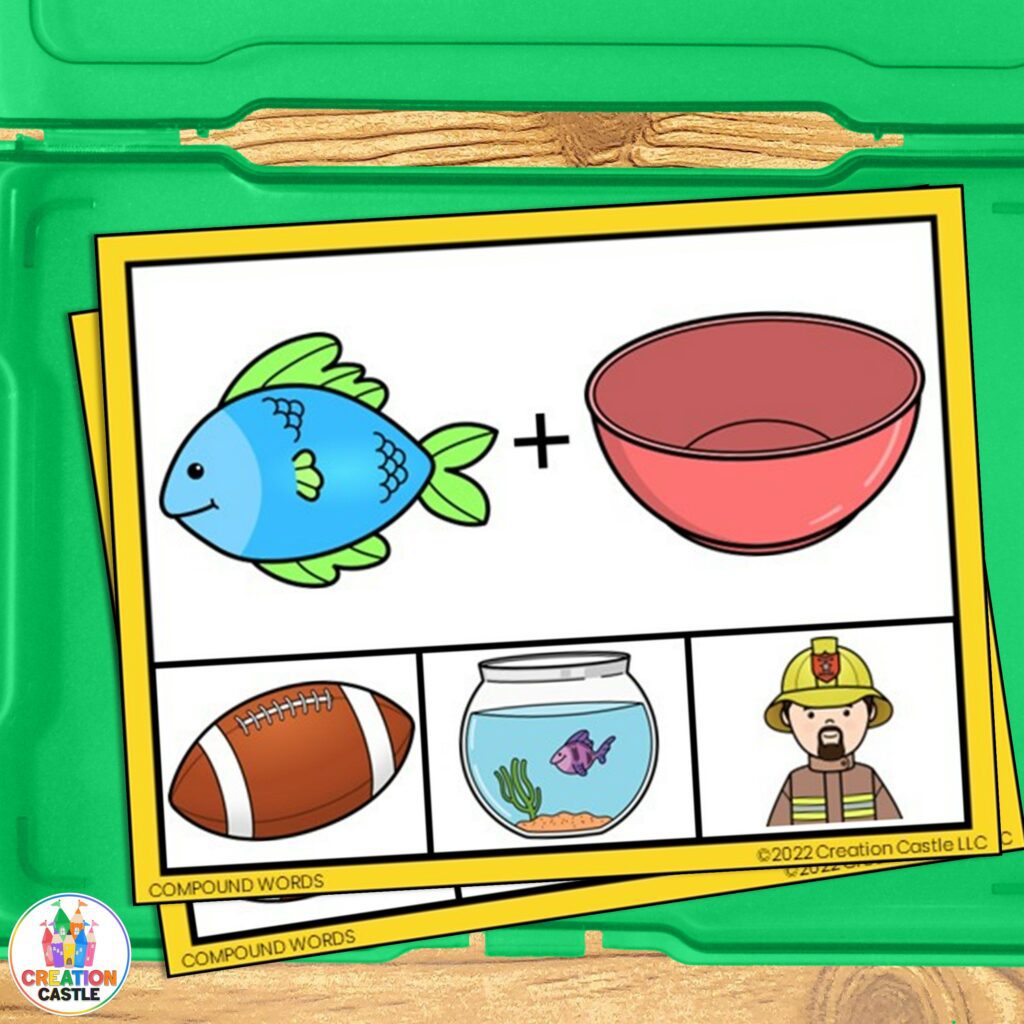
Encourages Fine Motor Development
If your students are using clip cards in the traditional way, that means they are physically clipping a clothespin onto a card. This is a great way to work the muscle development of the pointer finger and thumb.
Diverse Skills
Much like task cards, clip cards can be used to practice many skills. You will often find them for common math skills like counting, addition, subtraction, or fractions. There are also lots of language arts based clip cards for skills like letter recognition, phoneme isolation, rhyming, and alliteration. If you’re creative enough, the possibilities are nearly endless.
Easily Reusable
If you prepare your cards with card stock and laminate them, you will find that you can use the clip cards for at least an entire school year, if not longer, as long as you teach your students to be mindful of how they handle the materials.
Low Prep
Clip cards really don’t take that much time or effort to prepare. If you are buying the activity (rather than creating it yourself), all you need to do is print, laminate, and cut the cards, then put out some clothespins to complete the center.
The Mistake You Might Be Making with Clip Cards
You or someone down the hall from you probably has a pile of clip cards sitting in their classroom right now. But are the students monitoring their work when completing this activity? Clip cards are most likely being used when students are working independently or with a partner in centers. So if the kids are choosing the wrong answer time and time again, but have no idea they are incorrect, they aren’t really learning.
So, I mentioned earlier that clip cards can be self-checking. Now, practically any center can be “self-checking” if you leave an answer key out, but that is not always an easy solution for students. That means they have to cross-check their card with the key and then their answer choice with the correct answer. Sometimes that is just too much for our little learners.
Enter the self-checking clip card.
The best way I’ve found for students to check their work with the clip cards is to use the Clip and Flip method. Okay… this isn’t a real method. But it is what I call it and you should too because it rhymes and makes perfect sense!
The Clip and Flip Method
My method is simple. When preparing your cards, mark the correct answer on the back of the card. Then when students select their answer choice, they can easily flip the card over and see if the clothespin is covering the correct answer mark.
You can mark the answer a few ways. You might draw a line behind the correct answer or place a checkmark there. But my favorite way is to use stickers. You’ll want to make sure you are grabbing the smaller stickers so it is clear which answer choice is correct, but that doesn’t mean you have to stick to the gold foil stars from your childhood. You could use smiley faces or find stickers that match the theme of the cards like dinosaurs or cats.
No matter which way you choose to mark your answers, I suggest following these steps:
- Purchase or create your cards
- Print the cards on cardstock or heavy paper
- Cut the cards apart (there are usually four to a page)*
- Mark the correct answer on the back of each card
- Laminate the cards
- Cut the cards out again*
- Add to your centers with clothespins
*If you are less cautious with your lamination, you could also only cut the cards out after you have laminated… but test that out before you do a bunch because some lamination will peel apart if you cut too close to the cards.
Try a FREE Set of Rhyming Clip Cards
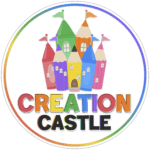
Creation Castle
Heather is the author of Creation Castle. She has experience with general education, special education, and ESL students in kindergarten through fifth grade. She specializes in early elementary math and literacy, as well as organization.

